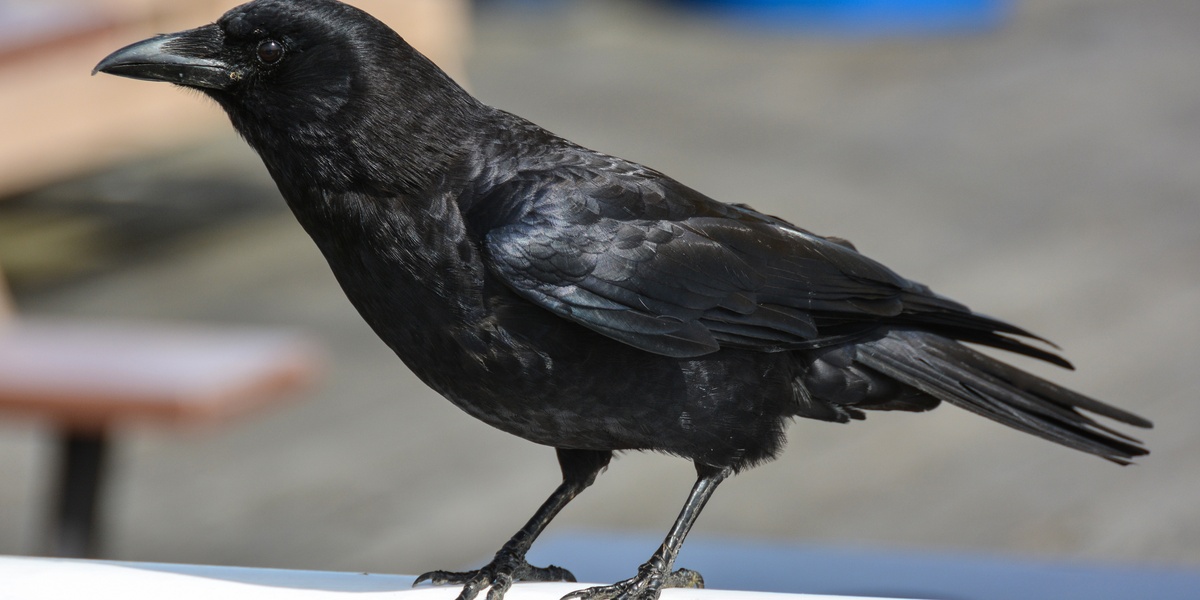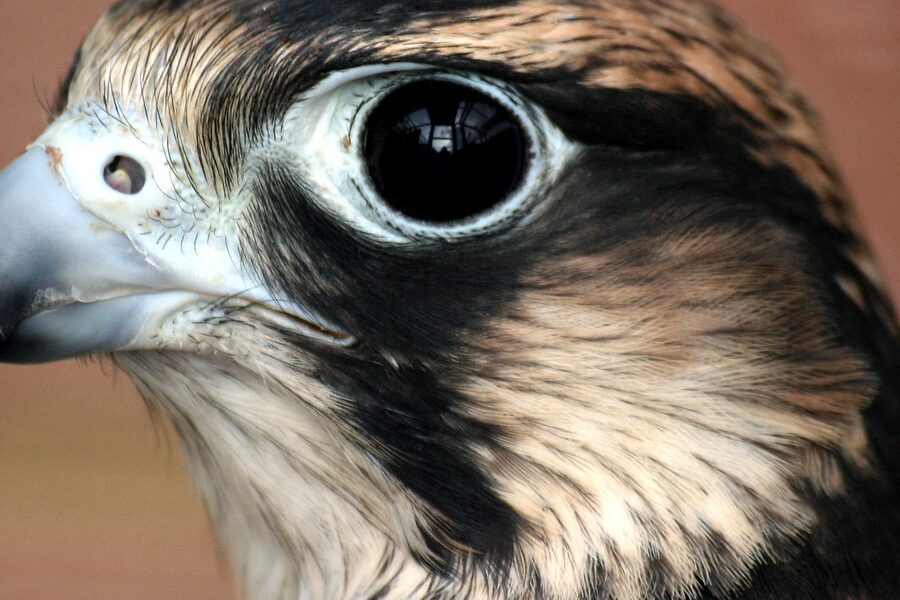A single Common Raven can have a wingspan over 1.2 meters (about 4 feet), while an American Crow usually spans around 0.7 meters (about 2.3 feet)—yet most people call both “crows.”
That dramatic size gap is an easy hook for identification—but there are six other reliable cues that help separate these smart, glossy corvids.
This short guide explains seven clear, observable differences between ravens and crows and groups them into three practical categories: physical traits, behavior & ecology, and vocalizations & human interactions.
Knowing which bird you’re watching matters for birding accuracy, ecological monitoring, and avoiding mistaken wildlife conflict reports. A quick cultural aside: ravens turn up in Norse myths as Odin’s companions, while crows have long been familiar characters in urban folklore.
Physical and morphological differences
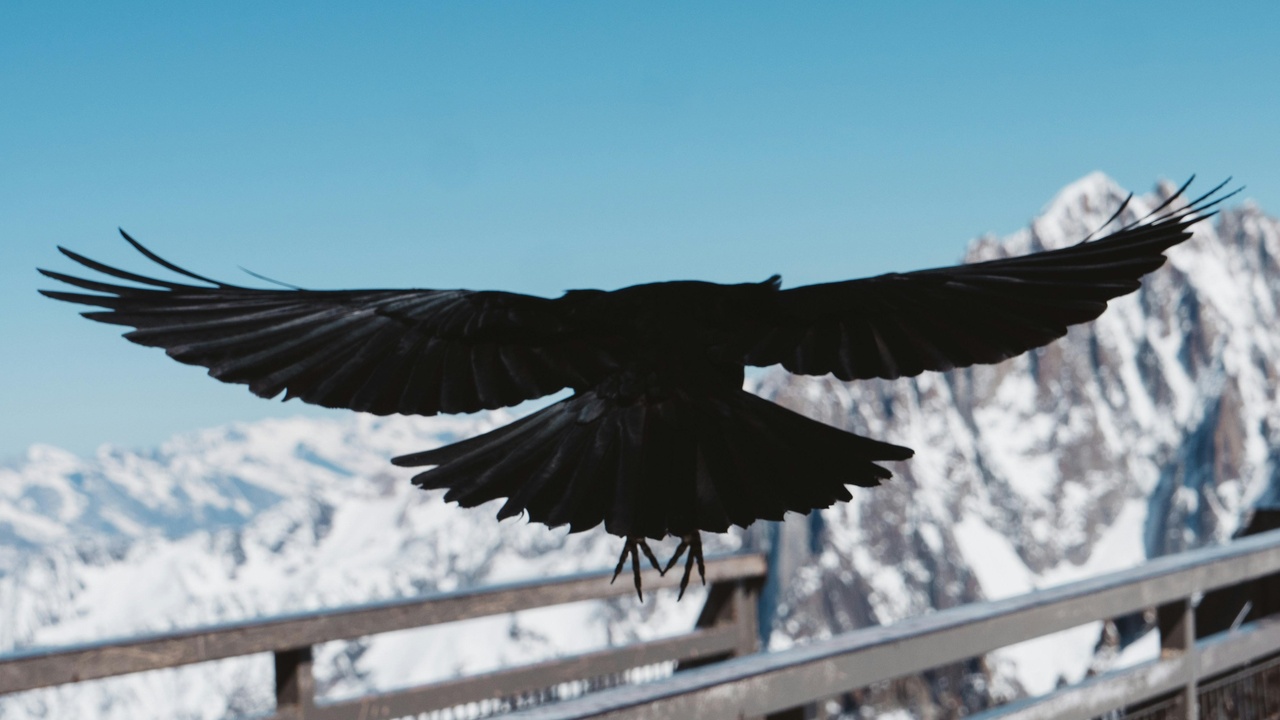
These are the quickest field marks: overall size and wingspan, bill shape and throat feathers (hackles), and tail outline in flight. Measurements give confidence—use them alongside binocular-friendly tips such as watching the bird take off or comparing it to nearby objects like telephone poles or trees.
For measurements, authoritative sources like the Cornell Lab of Ornithology and standard field guides list ranges you can memorize: Common Raven (Corvus corax) roughly 115–150 cm wingspan and 0.7–1.5 kg mass; American Crow (Corvus brachyrhynchos) about 85–100 cm wingspan and 300–600 g mass.
1. Size and silhouette
Ravens are noticeably larger and bulkier than crows; that’s true whether the bird is perched or in flight.
Typical numbers: Common Raven wingspan ~115–150 cm; mass ~0.7–1.5 kg. American Crow wingspan ~85–100 cm; mass ~300–600 g (Cornell Lab, field guides).
Silhouette clues: ravens show a thicker neck, larger head and a heavier bill, producing a blockier profile. When a raven sits on a telephone pole it looks proportionally larger than a crow would—use that for scale when both species are present.
2. Beak shape and throat hackles
Ravens have larger, heavier bills and shaggy throat feathers—called hackles—that often flare when they call or display.
Field guides and photos (Cornell Lab) note the raven’s massive bill compared with the sleeker crow bill. The Cornell Lab describes the raven’s bill as “robust and noticeably deeper,” a practical line to remember when viewing with binoculars.
Binocular tip: watch the bird while it vocalizes or stretches its neck—the hackles stand out on a raven but are usually absent on an American Crow. The stronger bill also helps explain why ravens can tear larger carrion pieces than crows.
3. Tail shape and flight profile
Tail outline in flight is among the most reliable ID cues: ravens have a wedge- or diamond-shaped tail; crows show a more rounded or fan-shaped tail.
Watch a bird as it pulls up to land or when it glides. Ravens also glide and soar more often, showing slow, deliberate wingbeats and long intervals between flaps. Crows tend to have quicker, steadier wingbeats and more direct flight.
Photographers and birders often use a takeoff shot: a flared, wedge tail = raven; a straight, evenly fanned tail = crow. That, plus the cadence of the wings, seals the ID when size alone isn’t clear.
Behavior, intelligence, and ecology
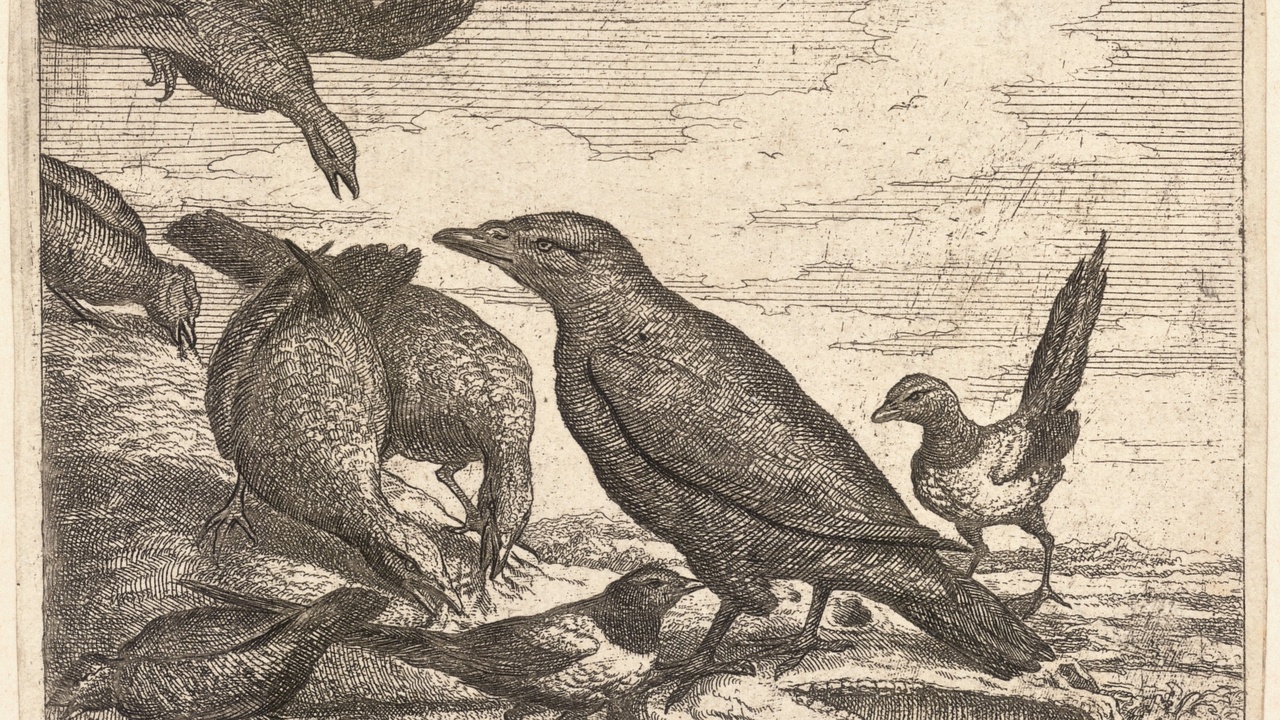
Both ravens and crows are unusually intelligent for birds, but their behavioral styles and ecological roles often diverge. Researchers such as John Marzluff have documented how crows adapt to urban life, while field experiments show ravens excel at complex social problem-solving.
Relevant ecological numbers include typical clutch sizes (often 3–7 eggs depending on species and region) and differences in habitat preference: ravens favor wilder, more open or highland areas; crows thrive in human-altered landscapes.
4. Problem-solving and tool use
Both groups display advanced cognition, but the way intelligence shows up varies by species. Some crow species—most famously the New Caledonian crow—make and use tools, while ravens often demonstrate planning and complex social problem-solving.
Field and lab studies have documented ravens solving multi-step tasks and showing foresight in caching, while New Caledonian crow research (e.g., tool manufacture studies) highlights a different corvid skill set. Urban crows are known to drop nuts on roads to be cracked by cars—an observed, practical behavior.
Practical implications: zoos and rehabilitation centers use puzzle feeders tailored to each species’ tendencies, and urban wildlife managers should expect adaptable problem-solvers when designing humane deterrents.
5. Social behavior and mating systems
Ravens commonly form long-term monogamous pairs and defend territories, while many crow species are more gregarious—forming family groups and large communal roosts, especially in winter.
Examples: American Crow communal roosts can swell to hundreds or even thousands in some urban or suburban locales. Ravens are often seen in bonded pairs defending cliffside or woodland territories across years.
These social patterns affect human encounters: dense crow roosts produce more noise and droppings and therefore more municipal complaints, whereas territorial ravens create predictable occupancy patterns that matter for conservation planning.
Vocalizations, range, and human interactions
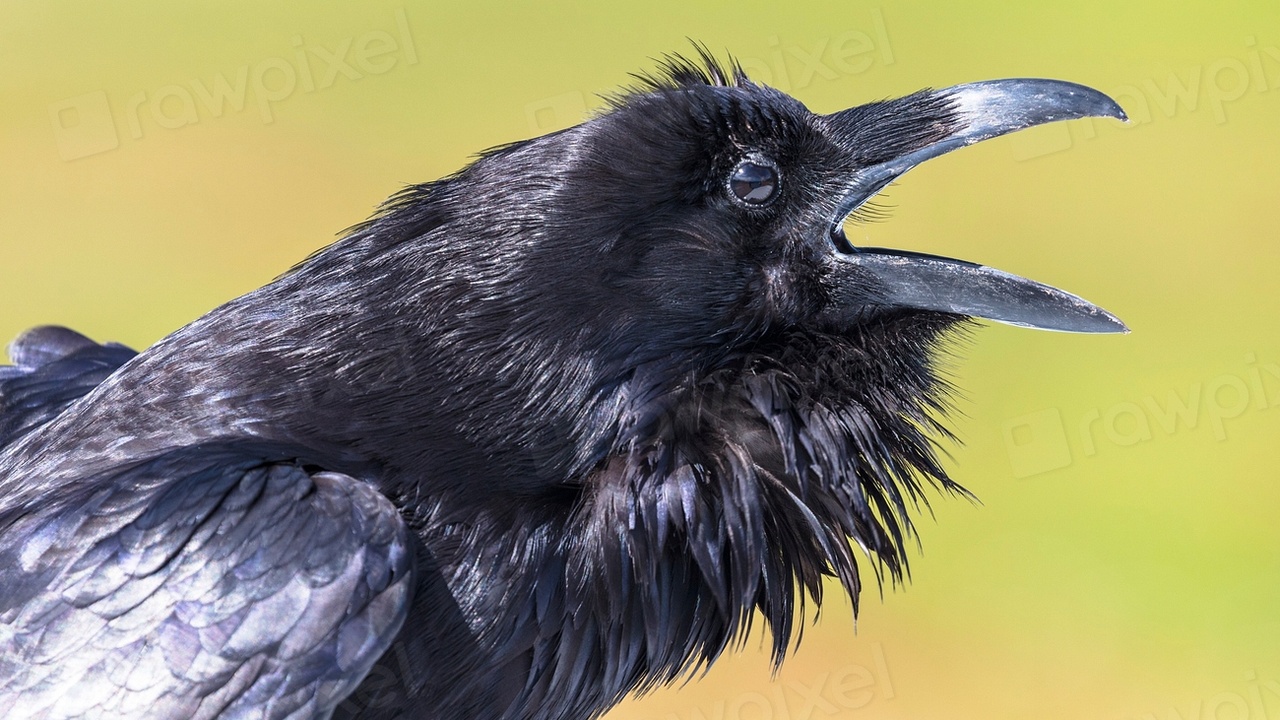
Calls shape most people’s impressions of these birds. Vocal differences are among the best field cues, and cultural ties—myths, nuisance reports, and even pet behavior—influence how communities respond to corvid presence.
Audio archives like the Cornell Lab’s Macaulay Library and Xeno-canto are excellent resources for side-by-side comparisons when you record a call with your phone.
6. Calls and vocal repertoire
Listen for pitch and texture: ravens produce deeper, more guttural croaks, gurgles and a famous low “gronk” or gurgling warble. Crows typically give a sharper, nasal “caw” that’s higher in pitch and often repeated.
Both can mimic, and captive ravens have been recorded imitating human speech (zoo records and Macaulay Library examples exist), but the overall repertoire differs—ravens show more low-frequency and gurgling sounds, crows more staccato calls.
Practical tip: in low light or when birds are distant, a few seconds of clear audio can confirm species—record and compare against Macaulay Library or Xeno-canto clips.
7. Range, habitat, and human cultural roles
Distribution overlaps, but tendencies differ: the Common Raven has a broad circumpolar distribution and thrives in wilder, often higher-elevation or coastal habitats; the American Crow is widespread across much of North America and excels in urban and agricultural areas.
These patterns affect reporting and management. Municipalities often receive dozens to hundreds of crow nuisance reports in towns with large roosts; raven conflicts tend to be localized and tied to territory or livestock concerns in rural settings.
Culturally, ravens appear as omens or guardians in many traditions (Norse myths, Indigenous stories), while crows are familiar figures in urban folklore and pest-control discussions. Both species are listed as least concern on IUCN for many populations, but local protections and perceptions vary.
Summary
- Size and silhouette are the quickest field checks—raven much larger and bulkier than crow.
- Tail shape in flight: wedge-shaped tail for ravens; rounded or fan-shaped for crows.
- Listen: raven croaks and gurgles are deeper and more varied; crow caws are higher and sharper (compare on Macaulay Library).
- Behavior matters: ravens favor wilder habitats and long-term pairs; crows are often social and urban—these ecological differences shape human encounters.
- Use the differences between ravens and crows as practical ID tools—record calls, compare size against nearby objects, and report interesting behaviors to projects like eBird.
Try these ID tips on your next outing: record a call, note tail shape in flight, and compare the bird to nearby landmarks—then log the sighting to eBird or your local bird club.
